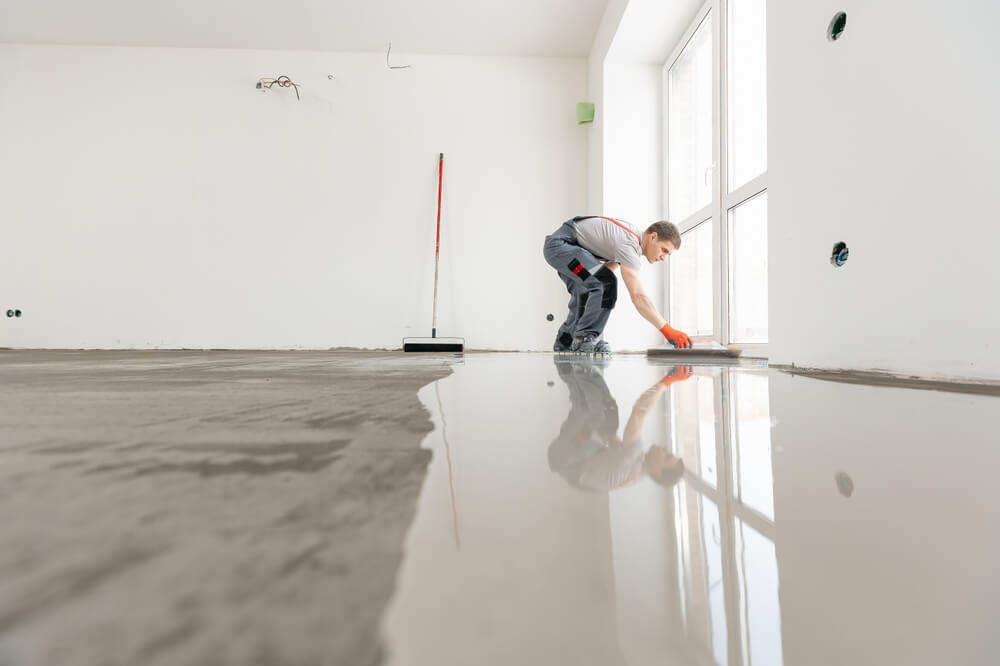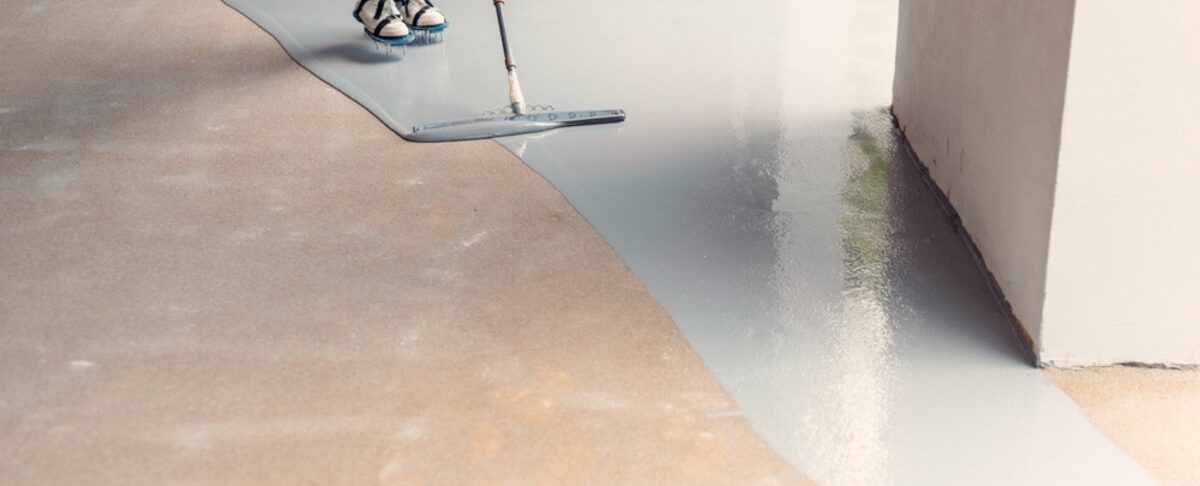Garage floors handle constant wear from vehicles, tools, and weather, making them vulnerable to damage if not properly maintained. To ensure long-term durability, it’s essential to take steps to protect your concrete garage floor from common issues like moisture, heavy loads, and chemical exposure. This guide provides practical strategies to keep your garage floor strong and reliable for years to come.
Why Your Garage Floor Matters
Your garage floor takes a beating every day. From the weight of vehicles to exposure to water, chemicals, and temperature changes, the concrete surface is under constant stress. Over time, these factors can lead to cracks, spalling, and other forms of damage. Protecting your concrete garage floor not only preserves its functionality but also enhances the overall value and safety of your home.
Common Causes of Garage Floor Damage
Moisture Issues
Water is one of the leading causes of concrete deterioration. Whether from snowmelt, rain, or high humidity, moisture can seep into tiny pores in the concrete. In colder climates, freezing and thawing cycles cause this trapped water to expand, leading to cracks.
Heavy Loads
Vehicles, tools, and storage items place immense pressure on your garage floor. Over time, this weight can cause the surface to weaken and crack, especially if the concrete wasn’t poured to proper specifications.
Chemical Exposure
Oil, gasoline, de-icing salts, and other chemicals can break down the surface of your garage floor, making it more susceptible to damage.
Temperature Fluctuations
Concrete naturally expands and contracts with temperature changes. Without adequate joints or a proper sealant, these fluctuations can lead to stress cracks.
Steps to Protect Your Concrete Garage Floor
1. Apply a Quality Sealant
One of the most effective ways to protect your concrete garage floor is to apply a high-quality sealant. Sealants act as a barrier against moisture, chemicals, and wear.
There are two main types to consider:
- Penetrating Sealers: These soak into the concrete, providing long-lasting protection against water and chemicals.
- Acrylic or Epoxy Coatings: These create a durable surface layer, offering superior resistance to heavy loads and stains. Apply a sealant as soon as your floor is installed or after a thorough cleaning if it’s an older surface.
2. Clean Regularly
Dust, debris, and spilled chemicals can accelerate wear on your garage floor. Regular cleaning helps prevent stains and minimizes surface abrasion. Use a mild detergent and warm water for routine cleaning, and avoid harsh chemicals that could degrade the surface.
3. Use Floor Mats or Coverings
Floor mats, rubber tiles, or epoxy flooring systems can provide an extra layer of protection. These coverings absorb impacts, reduce chemical exposure, and prevent moisture penetration.
4. Control Moisture Levels
Install proper drainage around your garage to prevent water pooling. If your garage is prone to high humidity, consider using a dehumidifier to maintain a stable environment.
5. Repair Cracks Quickly
Even small cracks can quickly escalate into bigger problems if left untreated. Fill them with a crack repair product designed for concrete. This prevents water from entering and reduces the risk of further damage.
Preventive Tips for Long-Term Protection
Limit Chemical Exposure
Clean up spills immediately, especially oils, gasoline, or de-icing salts. Consider using absorbent mats under vehicles to catch leaks and drips.
Reinforce During Installation
If you’re installing a new garage floor, ask your contractor about reinforcing materials like rebar or wire mesh. These can improve the concrete’s ability to handle heavy loads.
Monitor Temperature Changes
If you live in an area with extreme temperature fluctuations, consider using an insulated garage door or heating system to maintain a stable environment.
Conclusion

Protecting your concrete garage floor from cracks and damage is a straightforward process when you prioritize maintenance and prevention. Regular cleaning, sealing, and addressing cracks early can significantly extend your floor’s lifespan while saving you from costly repairs. Adding protective measures like floor coverings and controlling moisture levels ensures long-term durability.
Don’t wait for visible damage to take action. If you’re ready to safeguard your garage floor, contact Richfield Concrete today for expert advice and solutions tailored to your needs.





